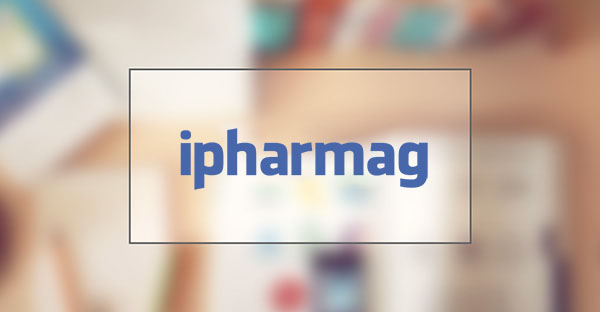Welcome to Our Blog!
Revolutionizing Diagnostics: The Impact of Technology in Healthcare
In recent years, the healthcare industry has seen a significant leap in diagnostic capabilities, all thanks to rapid advancements in technology. This blog post will delve into the ways technology is reshaping diagnostics, improving patient outcomes, and shaping the future of healthcare.
1. Point of Care Testing (POCT)
Point of Care Testing (POCT) devices are portable diagnostic tools that can perform rapid tests for various medical conditions. These devices are revolutionizing diagnostics by enabling healthcare professionals to quickly test and diagnose patients right at the bedside, saving time, and potentially lives.
2. Artificial Intelligence and Machine Learning
AI and Machine Learning (ML) algorithms are being integrated into diagnostic tools to help analyze medical images, identify patterns, and make accurate diagnoses. These technologies can help radiologists and pathologists detect diseases earlier and with greater precision, leading to improved patient care.
3. Genomic Testing
Genomic testing is another area where technology is making a significant impact. Next-generation sequencing (NGS) techniques allow for the rapid and cost-effective analysis of an individual’s entire genome. This can help in the early detection of genetic disorders, personalized treatment plans, and the development of targeted therapies.
4. Wearable Technology
Wearable devices, such as smartwatches and fitness trackers, are becoming increasingly popular. These devices not only monitor physical activity and heart rate but also track biometric data, such as blood sugar levels and sleep patterns. This constant stream of data can help in early disease detection and management.
5. Telemedicine
Telemedicine is transforming diagnostics by enabling remote patient consultations. This not only saves time and resources but also allows for faster diagnoses in remote or underserved areas. Telemedicine tools can also integrate with wearable devices and POCT devices, allowing doctors to monitor patients’ health in real-time.
Conclusion
Technology is revolutionizing diagnostics in the healthcare industry, making diagnoses faster, more accurate, and more accessible. As technology continues to advance, we can expect to see even more innovative diagnostic tools and techniques that will further transform the way we approach healthcare.

